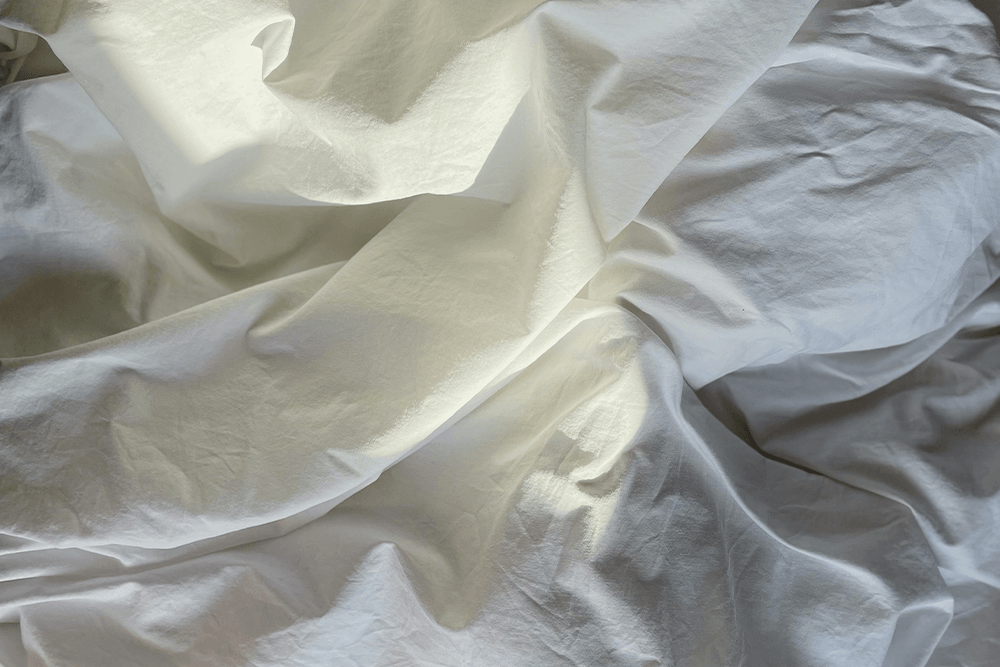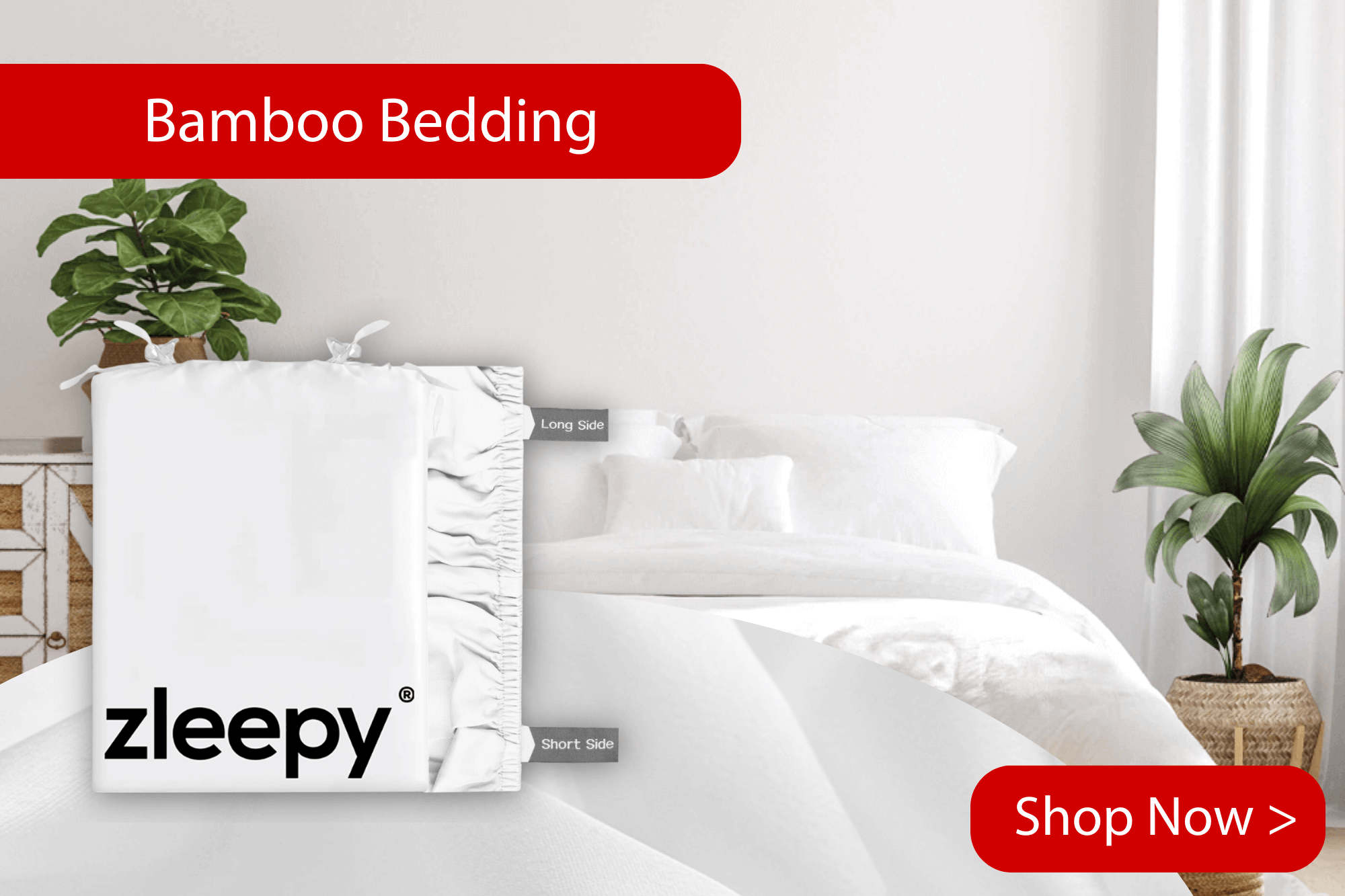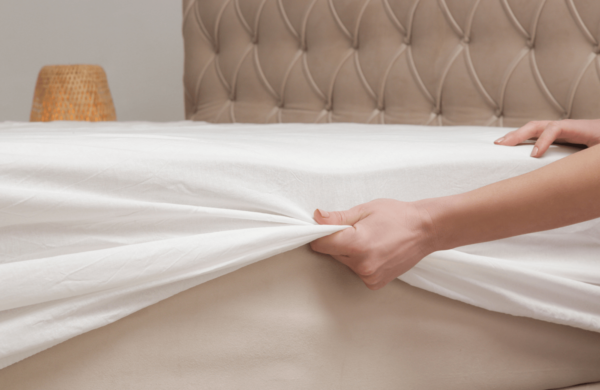Unveiling the Reality of Polycotton Bedding: Is It Worth the Hype?
Hey, savvy sleepers! Today we’re diving deep into the world of polycotton bedding. It seems to be everywhere, but is it really the sleep game-changer it claims to be? Stick around as we dissect this popular bedding material, compare it with natural alternatives, and give you the lowdown on what’s really best for your slumber sanctuary.What is Polycotton Bedding?
Polycotton is like the modern day Romeo and Juliet… a blend of two unlikely friends, polyester and cotton. It promises the durability of polyester with the softness of cotton. But unlike the tragic Shakespearean duo, this blend doesn’t always result in a happy ending. When you mix a synthetic material like polyester (a type of plastic) with a natural fibre like cotton, you get a fabric with a split personality. It’s neither fully synthetic nor completely natural. So, if you’re looking for bedding that’s straightforward, polycotton might not be your match made in heaven.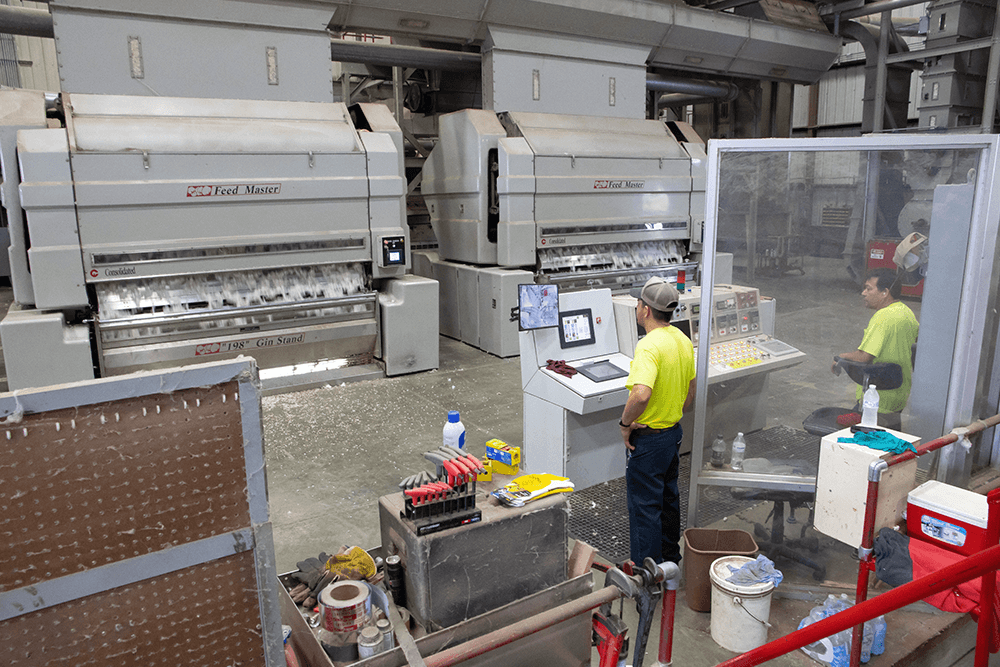
How is Polycotton Made?
Let’s get technical for a moment. Polycotton is created by weaving polyester and cotton fibres together. Polyester fibres are made from a kind of plastic derived from crude oil (yes, the same stuff that fuels your car).
Cotton fibres, on the other hand, come from the cotton plant. The ratio of polyester to cotton can vary, but a common mix is 65% polyester and 35% cotton. This ratio is designed to offer a balance between the durability of polyester and the comfort of cotton.
But remember, the process of making polyester is far from eco friendly. It involves chemical reactions that are not only complicated but also not great for Mother Earth.
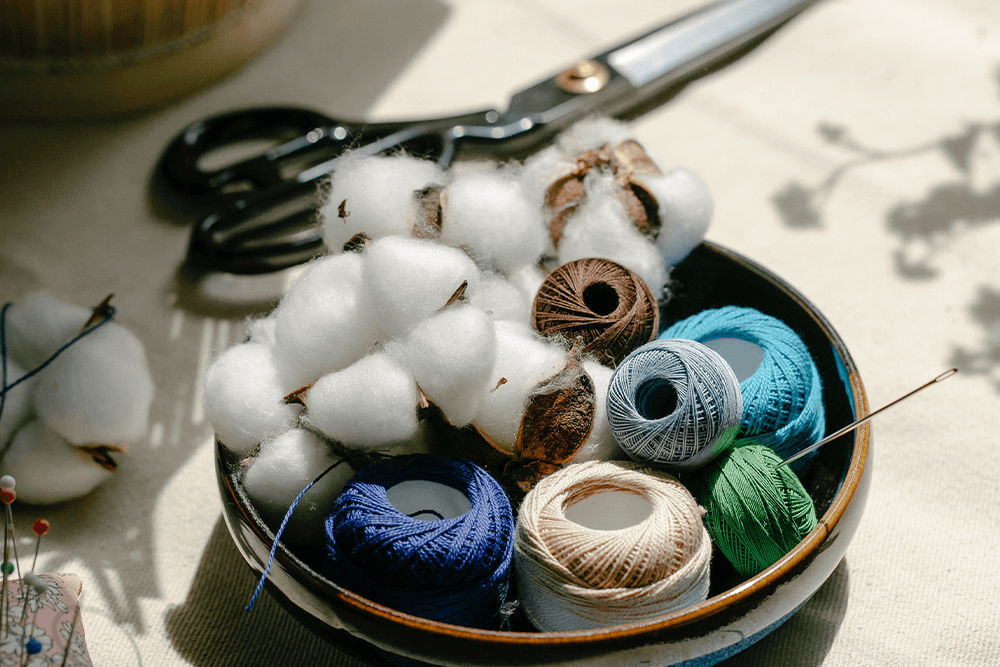
Thread Count and Its Impact on Comfort
Alright, let’s talk numbers… thread count numbers, to be specific. You might have seen polycotton sheets boasting various thread counts like 150TC, 300TC, 400TC, and even 500TC. So, what does this mean for your comfort? Let’s break it down:
150TC:
This is generally the starting point for most polycotton sheets. At this thread count, the material is often quite stiff and not particularly soft. It also lacks breathable properties, which can make for a hot, uncomfortable night’s sleep.
300TC
A step up in softness and comfort, 300TC polycotton sheets are a bit more breathable than their 150TC counterparts. However, they still retain some of the heat due to the polyester component.
400TC:
At this thread count, you’ll start to feel a noticeable increase in softness. The sheets are smoother and have a slight sheen. Breathability is better, but again, not quite on par with natural fibres like cotton or bamboo.
500TC:
These are the crème de la crème of polycotton sheets in terms of softness and luxury. But don’t be fooled.
Even at this high thread count, polycotton can’t compete with the buttery smoothness of bamboo bedding or the soft eucalyptus sheets.
And while breathability is improved, it’s still not ideal for those hot summer nights or for anyone who sleeps warm.
Remember, even a 500TC polycotton sheet won’t match the luxurious feel of bamboo bedding or even egyptian cotton sheets.
Bamboo sheets are naturally more breathable and softer, making them the ultimate choice for comfort and sustainability.

Is Polycotton Good for Bedding?
So, is polycotton the bedding of your dreams? Let’s be real. If you’re eco conscious or have sensitive skin, you might want to reconsider.
Polyester is essentially a refined form of plastic. It’s not breathable, and it’s definitely not biodegradable. Plus, if you’ve got allergies or skin sensitivities, polycotton might not be your friend.
Unlike natural fibres like bamboo, which are hypoallergenic, polycotton can irritate your skin.
Let’s talk about breathability. Cotton and bamboo are breathable materials that wick moisture away from your body, making them perfect for warm climates or for those who tend to sleep hot.
Polycotton, with its plastic component, tends to retain heat. So if you’re the type who flips the pillow to find the cool side, polycotton sheets might make your nights a bit restless.

How Skin Absorbs Plastic: A Health Concern?
Think of your skin as your body’s sponge. It’s not just a protective barrier; it’s an absorptive one too.
And while the science isn’t conclusive yet, there’s growing concern about what constant exposure to plastics, even micro amounts, could mean for our long term health. Some studies suggest that chemicals from plastics can leach into our system through our skin.
With polycotton sheets, you’re essentially wrapping yourself in a material that’s part plastic, every single night. Why risk it when there are natural alternatives that are just as comfortable, if not more so?
Polycotton vs Cotton Bedding?
When it comes to a bedding face off, cotton is the classic contender. It’s breathable, biodegradable, and generally more skin friendly.
Polycotton might offer durability and wrinkle resistance, but at what cost? Cotton is a natural material that has been used for thousands of years. It’s tried and tested.
Polycotton, however, is a relatively new invention, and we’re still learning about its long term impacts, both on our health and the environment.
Plus, let’s not forget about the eco angle. Cotton is a plant. It grows from the earth and can return to it, decomposing naturally.
Polycotton, with its synthetic blend, can take hundreds of years to break down. And in a world where we’re already struggling with plastic waste, do we really need our bedding to add to the problem?
Why Bamboo Bedding is a Better Choice
Before we wrap up, let’s talk about the new kid on the block… bamboo. It’s not just a trendy buzzword; it’s a genuinely fantastic material for bedding. Bamboo is incredibly soft, breathable, and wicks moisture away from your body. And let’s not forget… it’s sustainable.
Unlike cotton, which can be water-intensive to grow, bamboo needs very little water. It also grows incredibly fast, making it a renewable resource that’s kinder to the planet.
When it comes to that “fresh bedding” feeling, bamboo takes the cake. Those buttery-smooth sheets stay that way for days on end, thanks to their hypoallergenic properties.
Plus, bamboo bedding naturally helps regulate your body temperature, keeping you cool when it’s warm and warm when it’s cool. Trust us, once you go bamboo, you’ll never go back.

